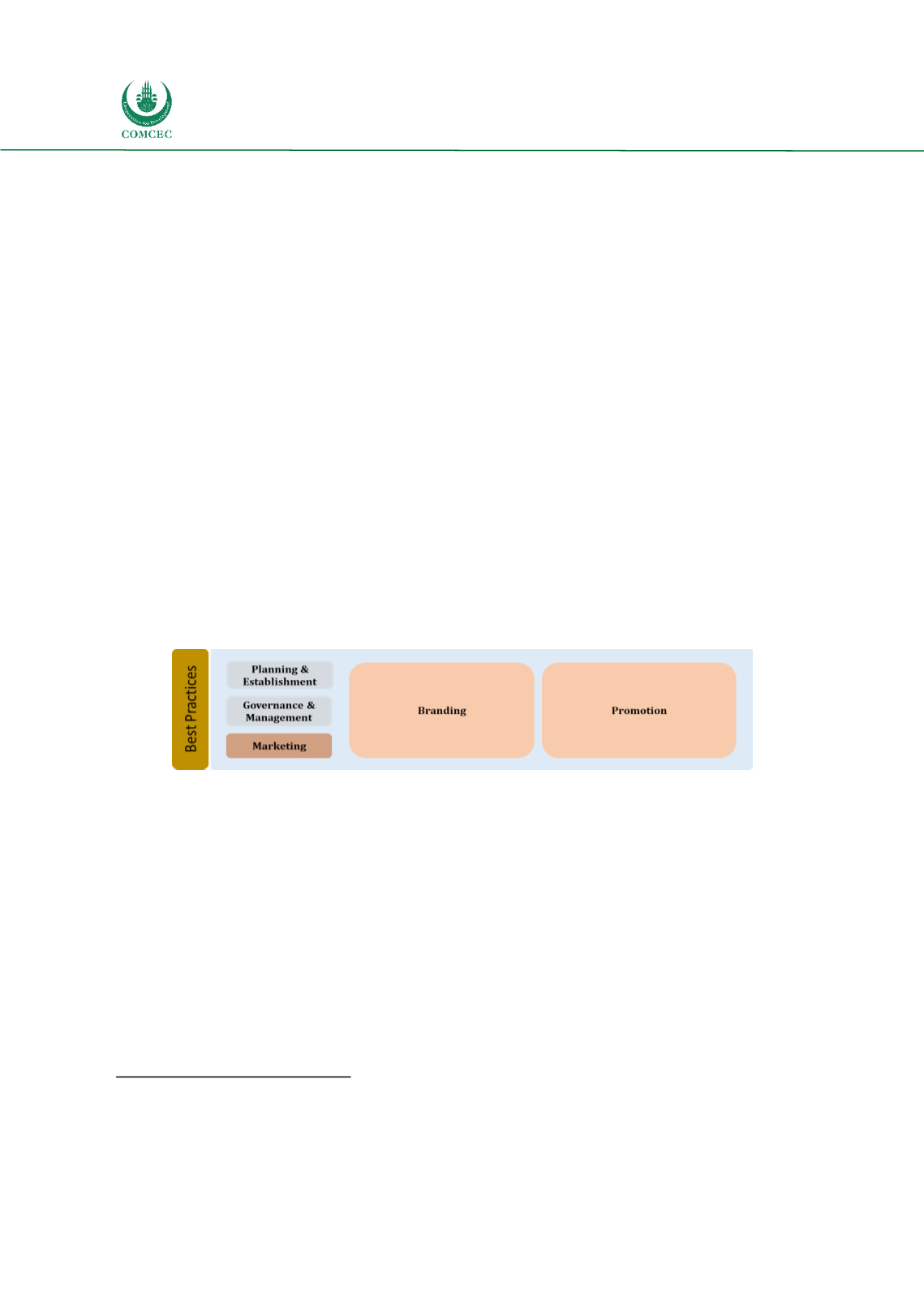

Sustainable Destination Management
Strategies in the OIC Member Countries
52
provided through corridor countries’ NTOs with some contributions from local tourism
businesses.
154
The best practices examples show concerted efforts at diversifying funding and at establishing
various funding streams to ensure the sustainability of management and marketing efforts for
MDTCs. Regional sources, namely through different EU instruments, have helped fund many of
the activities of European cultural routes, however, access to these sources have proven
difficult in some instances for certain corridor partners. Cooperation with the private sector in
funding various activities seems to be a promising revenue stream for managing and marketing
corridors, which can be used even in the case of small destinations, as evident from the
Destination Napoleon TC.
1.4.
Tourism Corridors Marketing – Global Best Practices
Among the major tourism trends witnessed in the last decade is the rise of “experiential
tourism” with its focus on experience rather than assets and attractions which entails that
MDTCs need to differentiate and position themselves by offering unique and customized
experiences, in other words, have a unique selling proposition. MDTCs can provide added value
to tourists by combining experiences and attractions by providing ways to interact with local
communities and to experience and get an idea of the local lifestyle. Natural MDTCs can
customize tourist experiences by engaging them in environmental activities on their visits to
the various natural sites, while cultural MDTCs can provide opportunities for interaction with
local communities through planned activities and events.
155
Figure 16: Tourism Corridor Marketing Best Practices
Best Practices in Branding
Successful branding is built on the conceptualization of brand values or in other terms, the
brand’s unique selling proposition that differentiates it from other brands. Creating and
focusing on a unique selling proposition, especially in terms of customized experiences, can
help MDTCs differentiate and position themselves. MDTC themes can be used as a framework
for positioning and differentiating corridors. An example of this is the use of a historical theme
to frame the experience as “a journey back in time” related to the distinct theme of the corridor.
The clearer and more developed the theme, based on the research undertaken in the theme
formulation stage,
156
the more it can be used to differentiate the TC and the easier it is for the
154
Please refer to the Danube case study for references and more details.
155
UNWTO (UNWTO) and European Travel Commission. 2017. Handbook on Marketing Transnational Tourism Themes and
Routes.
156
Please refer to the theme formulation part in the planning and establishment of MDTCs section.
















